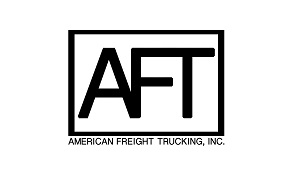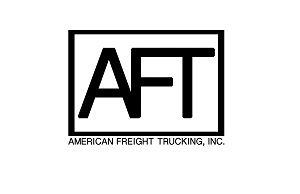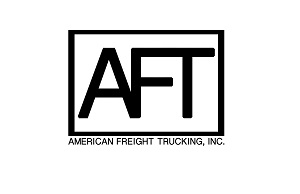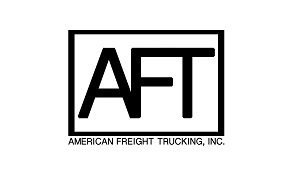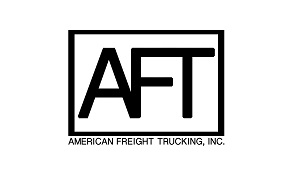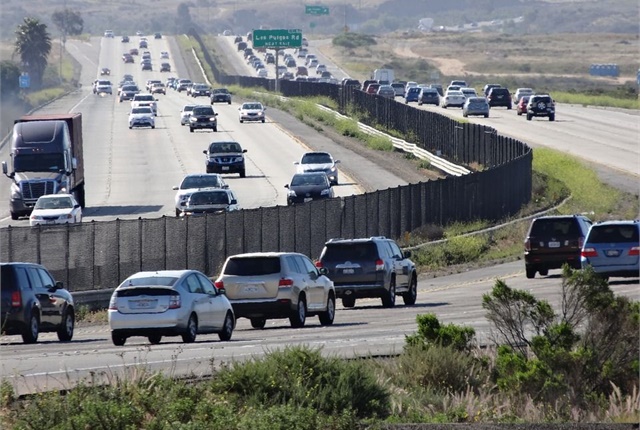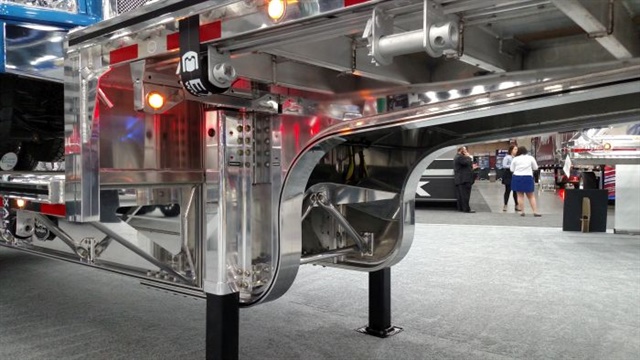<img width="150" src="http://www.automotive-fleet.com/fc_images/blogs/m-federalbudget2018-1.jpg" border="0" alt="
President Trump's 2018 Budget Photo: White House Office of Management and Budget
">
President Trump's 2018 Budget Photo: White House Office of Management and Budget
">Anyone hoping they'll learn lots more about that trillion-dollar infrastructure investment plan President Trump first dangled before the nation back on the day after the election has to be sorely disappointed if they read the foundational document on his federal budget proposal just put out by the White House.
Grandly titled “A New Foundation for American Greatness,” the Fiscal Year 2018 budget document runs over 50 pages.
But less than a single printed page is devoted to “an Infrastructure Plan to support $1 trillion in private/public infrastructure investment.”
What's more, or less as the case is here, the discussion about infrastructure is presented in the most general of terms.
The only mention tying in highways comes in a laundry list of what the plan aims to fix: “surface transportation, airports, waterways, ports, drinking and waste water, broadband and key Federal facilities.”
Rather than seeking substantial increases in federal spending on infrastructure from Congress, the message is loud and clear that Trump sees the private sector riding to the rescue of America's failing infrastructure.
The administration's goal is “to seek long-term reforms on how infrastructure projects are regulated, funded, delivered, and maintained. Simply providing more Federal funding for infrastructure is not the solution. Rather, we will work to fix underlying incentives, procedures, and policies to spur better, and more efficient, infrastructure decisions and outcomes.”
The document claims that the president's target of $1 trillion in investments will be “met with a combination of new Federal funding, incentivized non-Federal funding, and expedited projects that would not have happened but for the administration's involvement (for example, the Keystone XL Pipeline).”
The budget calls for $200 billion in federal outlays “related to the infrastructure initiative,” which appears intended to work as seed money for public-private partnerships (P3) projects,
